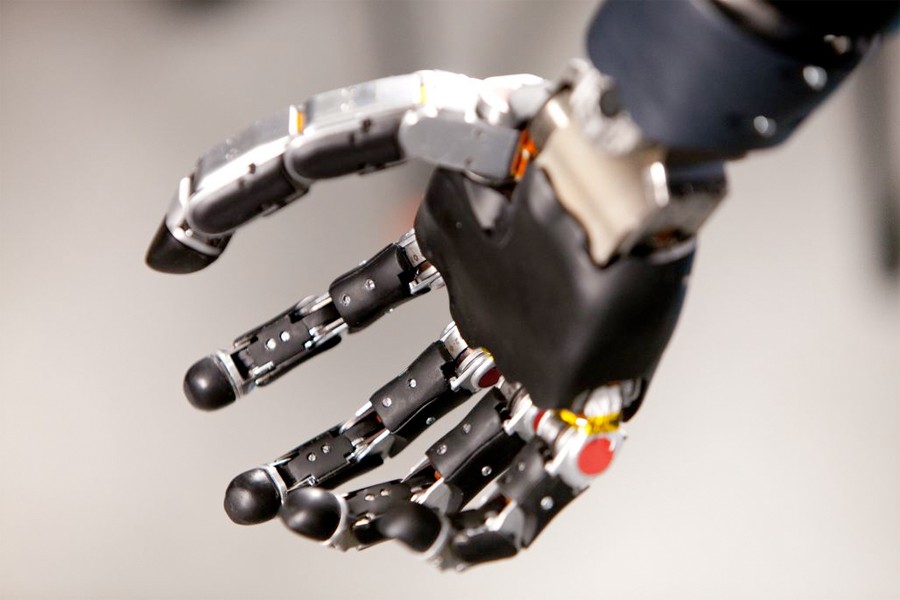
What are the symptoms of wrist injuries and disorders? For example, rheumatoid arthritis can cause wrist pain.

Sprains and strains, which are injuries to ligaments and injuries to muscles or tendons.It is caused by wear and tear of the joints. Osteoarthritis, the most common type of arthritis.Gout, which is a form of arthritis caused by a buildup of uric acid in your joints.Ganglion cysts, which are noncancerous lumps or masses.Carpal tunnel syndrome, which happens when a nerve that runs from your forearm into your palm becomes squeezed at the wrist.Some of the more common types of wrist injuries and disorders are: What are the types of wrist injuries and disorders? It also has tendons and ligaments, which are connective tissues. The wrist has two big forearm bones and eight small bones known as carpals. This makes it flexible and allows you to move your hand in different ways. It is not one big joint it has several small joints. When done correctly, this can relieve the symptoms of De Quervain's tenosynovitis without affecting hand/wrist function.Your wrist connects your hand to your forearm. The goal of surgery is to release the tendon sheath to make more room for the irritated tendons. Surgery may be recommended if symptoms are severe or do not improve with non-operative management. One or 2 injections has been shown to relieve the condition in 50 to 80% of patients. Corticosteroids. An injection of corticosteroids into the tendon sheath can be effective in addressing the condition by reducing swelling and relieving pain.Avoiding activities that cause pain and swelling may allow the symptoms to go away on their own.


They may help reduce swelling and relieve pain. Drugs like ibuprofen and naproxen can be taken by mouth or applied topically. Non-steroidal anti-inflammatory drugs (NSAIDs).Splints. A removeable splint that keeps the wrist straight and the thumb still in a comfortable position may improve pain, especially when worn at night.Causesĭe Quervain's tendinosis is treated by reducing the swelling/irritation of the tendons and tendon sheath, thereby relieving the pain caused by the condition. This results in increased friction and pain with certain thumb and wrist movements. This layer provides nutrients to the tendons and allows them to slide easily through the sheath that surrounds them.Īny swelling of the tendons and/or thickening of the sheath can result in a situation where the tendons no longer fit well inside the sheath. Tendons are covered by a slippery and thin soft-tissue layer called synovium. Tendons are rope-like structures that attach muscle to bone, allowing the muscle to pull on and move the bone. These two tendons arise from muscles in the forearm and then run together in a sheath that keeps them close to the bone as they cross over from the thumb side of the wrist into the hand. These are two of the main tendons to the thumb that assist with bringing the thumb out away from the index finger (APL) and straightening the joints of the thumb (EPB). De Quervain's tenosynovitis affects the abductor pollcis longus (APL) and the extensor pollcis brevis (EPB).


 0 kommentar(er)
0 kommentar(er)
